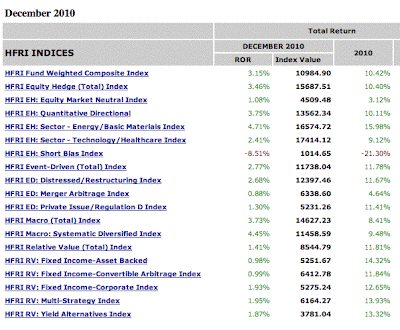
Lot of moves this month reflected in these figures. World stock markets fell and the US Dollar rose negatively affecting Moominmama's returns and the portfolio fell by 2% in value. We increased the allocation to bonds again by transferring Sterling currency and converting it into the local currency and buying into four separate local bond funds and a balanced local bond fund. Also a local stock fund invested in European shares (my brother did all this). Some of these bonds are inflation-linked and some not. Some are short term, I don't know if any are long term. This is really the living/emergency fund for my mother. We also increased our investment in the Man-AHL managed futures fund by about 150%. As a result with have a lower allocation to both Sterling and Dollar cash this month than less. The local real estate market is very strong and so we uprated the value of Moominmama's apartment by 19%. At $276k it is still a bargain by Australian standards :). It is still cheaper than Snork Maiden's parents' apartment, though theirs is bigger but they live in a supposedly much poorer country which has really crazy real estate prices.
I noticed that the UBS A&Q hedge fund that we bought early in the financial crisis in April 2008 is finally worth more than we paid for it. We also bought a UBS agribusiness certificate which is almost back to its purchase value. It more than halved at the worst point in November 2008. The hedge fund never lost more than a quarter of its value.
















































